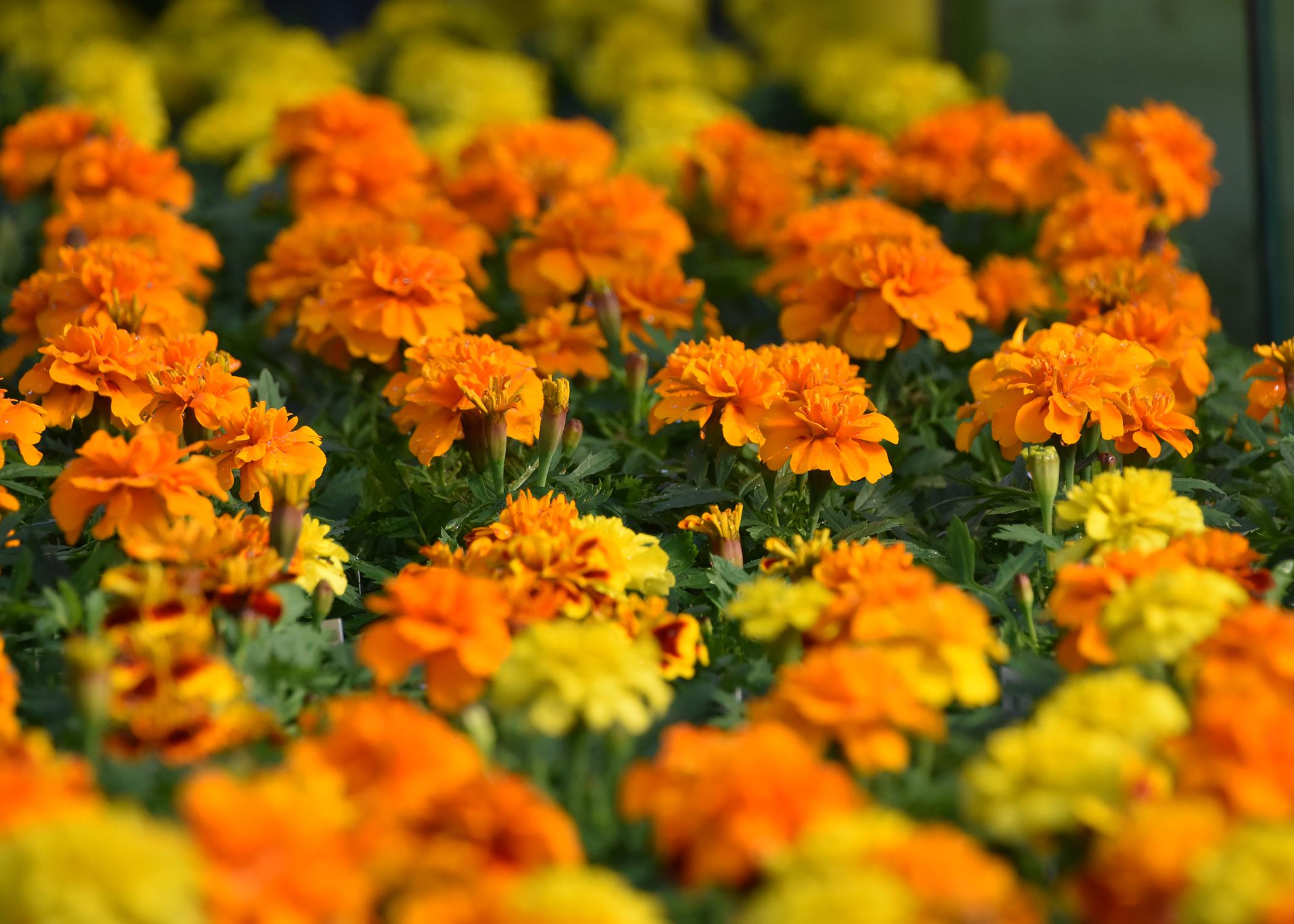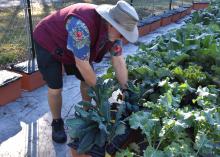Information Possibly Outdated
The information presented on this page was originally released on June 28, 2021. It may not be outdated, but please search our site for more current information. If you plan to quote or reference this information in a publication, please check with the Extension specialist or author before proceeding.
Refresh gardens with a second start in July
We’re coming up on our Independence Day holiday, which marks a change in our gardens and landscapes. It’s not going to be a change in temperatures because we have to wait until September or October to enjoy cooler weather.
The change I’m referring to is the beginning of second summer around the Fourth of July holiday.
Last year, I introduced the idea of second summer because a lot of our flowering annuals transplanted in April start to run out of gas around this time. The heat not only wears gardeners out, but it also wears out the flowering plants.
Second summer gives us the opportunity to refresh or replace our summer color. I started on my landscape refresher this past weekend.
My beloved Vista Bubblegum Supertunias (I call them VBG) start to look ragged by early July. I can totally understand this because they’ve been growing in my home landscape since last October. That is one of the benefits of living on the Gulf Coast in USDA hardiness zone 9a.
You’d look tired, too, if you’d been blooming for nine months straight.
So, I started to replace my VBG with a pink, spreading, flowering vinca. This allows me to keep my pink flowering theme alive, and it will show off for the remainder of the summer.
Another flowering plant that I love for the second summer season is the cutting zinnia, Zinnia elegans. These plants require very little in terms of maintenance except for consistent fertilization and moisture to maintain the production of gorgeous flowers all season.
Zinnias are easy to grow from seed. I’ve promoted the idea of succession planting through the spring and summer by sowing seed every three weeks in different parts of the garden and landscape. This keeps your favorite varieties looking good all summer. I do this with my favorite zinnias, Magellan and Benary Giant.
Another idea for second summer has been a Southern staple, and that is planting marigolds for the fall. Due to their nonstop display of earthy and warm colors, they are perfect for any autumnal decoration or display. Fall-planted marigolds also have a special name -- mari-mums. I like them because their color last longer than garden mums.
There are a couple of types of marigolds that are perfect for the fall landscape. My favorites are the French marigolds, with autumnal colors on single and double flowers.
Even though it’s really hot now, believe it or not, it’s time to start planting the cool-season greens.
If you wait until September to plant kale, collards, Swiss chard and the like, you won’t be harvesting until January. So, for those October/November greens harvests, you have to plant in the second summer season.
Don’t let the hot weather stop your garden activities.





